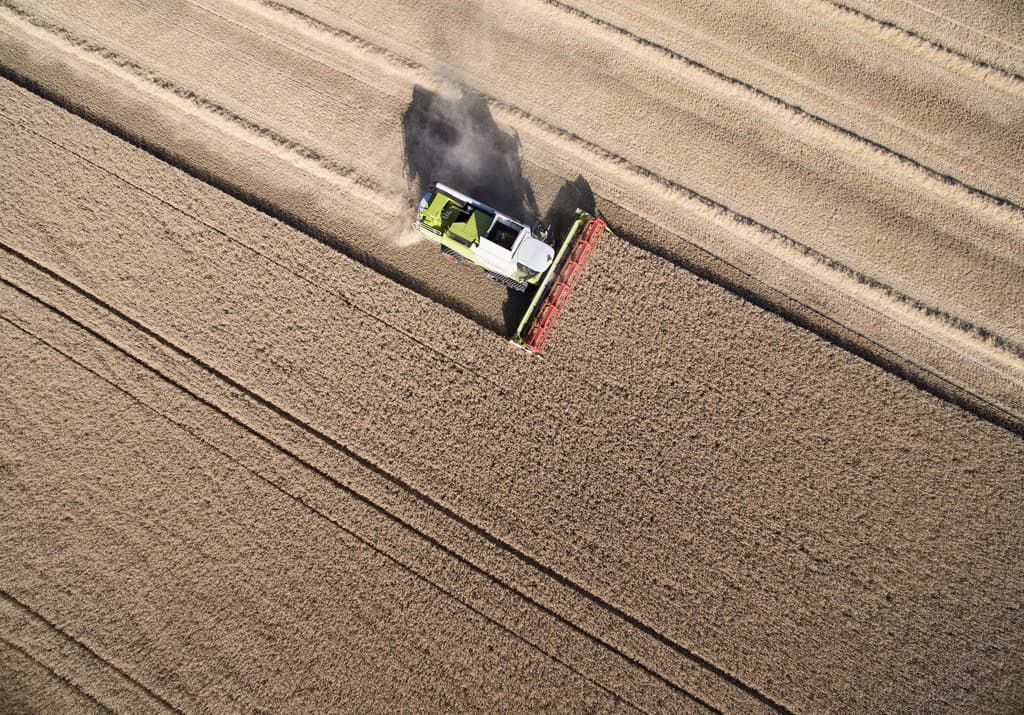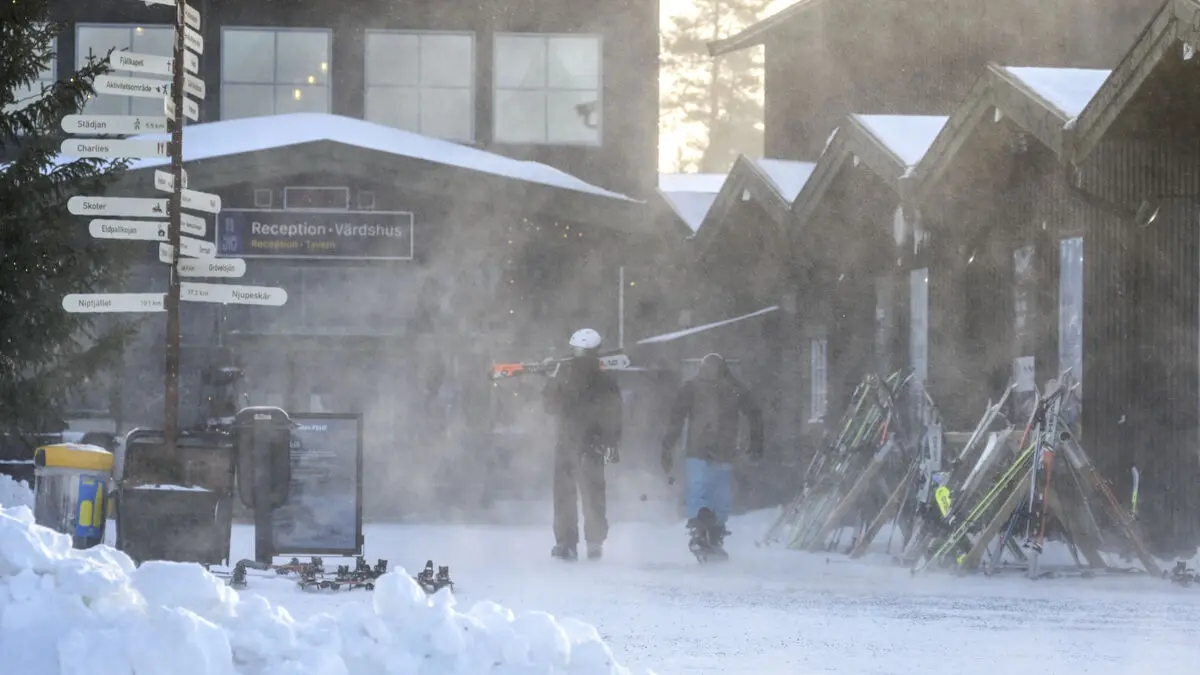After last year's nightmare summer, this year's harvest prognosis looks significantly more favorable. The question is, however, whether it will be good enough to compensate for 2023?
Last year's harvest has been described as one of the worst in 30 years for Swedish agriculture, and therefore another setback could be devastating for many actors. However, as we enter the high summer period, the outcome looks set to be significantly better according to Lantmännens harvest prognosis.
Currently, the harvest is estimated to amount to 5.4 million tons of grain, which can be compared to 4.3 million tons last year.
The past few years have seen greater variations. There have been very good harvests and really bad ones. This can be said to be quite close to the average, says Per Germundsson, supply and sales manager at Lantmännens grain unit.
Several challenges
A year ago, one was not only struggling with poor harvest yields but also with rising prices for, among other things, fertilizer and diesel, plus many actors were affected by rising interest rates. According to Per Germundsson, this means that many farmers are now severely pressured.
They had high costs and low revenues. It has been a tough year, and we need to get back to normal harvests to feel like we're moving forward. This year is not enough to make up for 2023, but it's at least a first step, he says.
Regional differences
There are, however, clear regional differences. While, for example, western parts of Götaland, Östergötland, and Skåne are heading for a good harvest, it's worse in other regions. Vikbolandet and southern Götaland have been hit extra hard by the spring drought and are expected to have a significantly lower harvest yield.
The decisive factor now becomes how the next few weeks develop weather-wise. While vacationing Swedes hope for sun and high summer in July, farmers' hopes are entirely different:
Grain crops need sun and water in moderate doses but are not dependent on high temperatures, says Per Germundsson.
The ideal for the next two weeks is a moderate Swedish summer, slightly overcast and 20 degrees. Then it can transition to a permanent high-pressure system in August with 25 degrees.





